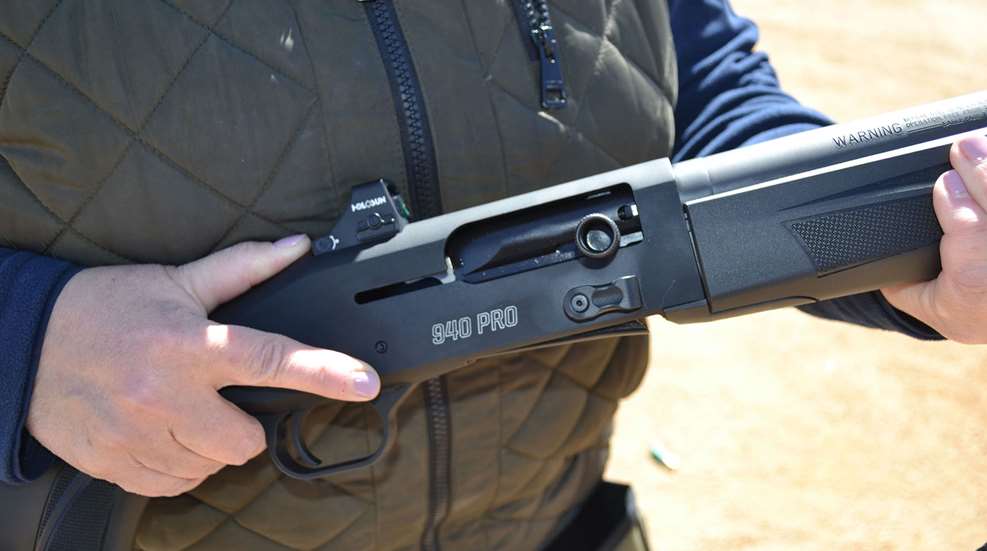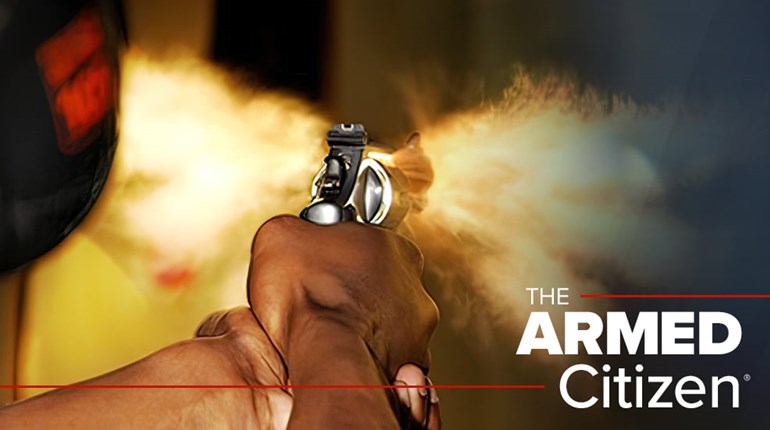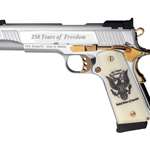
Depending on the circumstances, a shotgun can be an excellent choice for a home-defense firearm. Whether or not it’s the right choice for you is a discussion for another time, but once you’ve made the decision that a shotgun will be your primary home-defense firearm, you can set about the task of picking out the perfect setup.
If you already own a shotgun, perhaps for competition or hunting, it will probably work just fine as a defensive gun—but that doesn’t mean it’s ideal. If you’re looking to set up a shotgun specifically for home defense, or purchase a model with that in mind, here are a few things to look for.
Gauge and Action
Whether you go with the 12- or the 20-gauge makes very little difference at home-defense ranges. The 12 probably has more ammo options to choose from, and recoil isn’t too much of a concern because this isn’t a gun you’ll be shooting 100 rounds of sporting clays with, so the 12 gets the nod in my book. But if you prefer a smaller gauge, go for it.
As for action, I leave double-barrel guns out of the question because of their limited capacity, so it comes down to pumps vs. semis. A semi-automatic will have a little less recoil and one less thing to worry about since you don’t have to work the action; a pump has less potential for jams and, of course, that intimidating sound. Either one will work great.
Length
When it comes to home defense, the shorter the gun, the better. If you need to maneuver through hallways and enter doorways (which you should avoid doing unless you have to), a long barrel that enters a hallway before you do is a bad idea. It will give away your position, and if a bad guy is hiding around the corner, it gives him the opportunity to grab the gun and wrestle you for it before you even see him. Plus, longer guns are more difficult to swing and handle in tight spaces.
To that end, opt for a short barrel—18 inches is the legal minimum, and that’s a good length for a defensive firearm. You can consider a pistol-grip-only stock like that found on the Mossberg Shockwave if you’re really concerned about length, but these types of shotguns are pretty specialized and handle differently than what you might be used to, so be sure to shoot it regularly for practice.
Sights
Contrary to popular belief, you do in fact have to aim a shotgun in a home-defense situation. The distances are so short that the pattern barely has time to open up—this is not a spray-and-pray situation, and you need to have a way to put your tight pattern exactly where you want it. Standard white beads are fine, as are fiber-optic sights, but a red-dot sight is my favorite option. This gives you an immediate and intuitive sighting system that helps you aim properly in the heat of the moment, and target acquisition is lightning-fast. Be sure to have a backup system (like those beads), because although today’s red-dots are robust and reliable, stuff still happens.
Accessories
Depending on how you plan to use this firearm, a few accessories aren’t a bad idea. Remember, this is a grab-and-go scenario, and when something goes bump in the night, you won’t have time to kit up and grab everything you might want. Those items need to already be on the gun if possible. To this end, a gun-mounted light might be useful.
A sling is always smart so you can go hands-free and let the gun hang if you need to without losing track of it. A cuff or side saddle that holds extra rounds can be helpful. You’re not likely to need lots of ammo in a home-defense scenario, but you might choose to keep alternate loads in there—say, non-lethal rounds or some slugs. What you don’t want is a sling-mounted ammo carrier. It adds too much weight to the sling and makes the whole setup unwieldy.
Ammo
The best kind of shotgun ammo for self-defense is a complicated debate that’ll never be settled. Much depends on how your house is set up, who lives in the home with you, your proximity to neighbors, and more. Gunsite Academy instructor Mario Marchman says that although a shotgun is a “pretty definitive stopper,” he’s not a fan of birdshot for defensive use, especially at distance. It’s just too small for reliable penetration. He much prefers buckshot or slugs, depending on your specific situation. Specifically, he likes Federal’s FliteControl rounds, which contain nine pellets of 00 Buck in a 2¾" 12-gauge shell and are designed for reliable, consistent patterns. He also recommends Hornady’s 00 Buck Reduced Recoil American Gunner with the Versatite wad, which is a similar eight-pellet load designed for tight, consistent patterns and less recoil.
Slugs are a smart choice in some cases, particularly if there’s some distance involved and if over-penetration isn’t a concern—like if you live in the woods or on a farm and your home-defense scenarios might include protecting livestock from four-legged predators.
The vast array of ammo options are part of what makes a shotgun a great, versatile home-defense firearm, and the ability to switch between different loads can be a big advantage in some situations. But whatever ammo you choose, you absolutely must pattern it at the range. Measure out the real-life distances in your home and see how your chosen ammo patterns on paper at that range. You might be surprised at how small your pattern stays, and if it won’t pattern consistently at all, try a different load. You don’t want a wild flier in every buckshot load because you want to remain in control, as much as possible, of where each pellet is going to end up.
Yes, you can absolutely keep things simple and just use your duck-hunting shotgun as your home-defense firearm. But if you’re ready to take things to the next level and put together a defensive shotgun that is really ideally suited to the task of defending your home and loved ones, with the right choices, some carefully chosen accessories, a good sighting system and the right ammo, you’ll have one of the most useful and versatile home-defense firearms available.















































